Erupting Volcano
Volcanoes have shaped history and science since the dawn of time. From the ultra-destructive Mount Vesuvius to the more recent Eyjafjallajokull volcano in Iceland (good […]
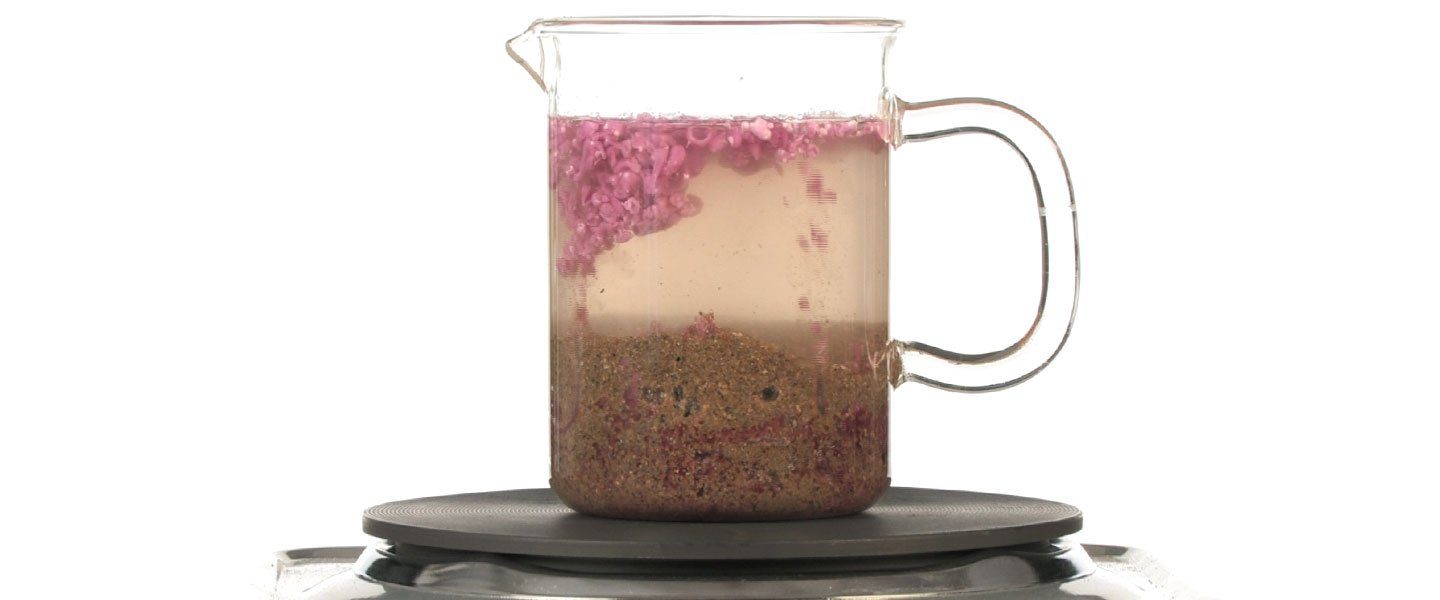
When you hear about a volcano erupting, what do you think is going on? If you’re like us, you think of red hot chunks of rock being hurled thousands of feet in the air, flows of liquid magma, and plumes of smoke. That’s not always the case. Some volcanoes erupt underwater and their smoking hot by-products are immediately cooled. With the volcano in a cup, you can see what happens underwater on a smaller, safer scale.
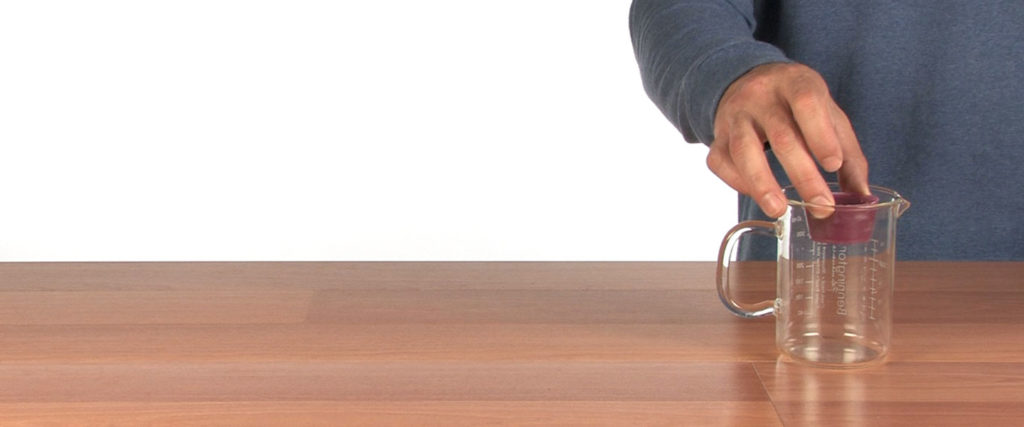
Place a small piece of wax (about 1″ x 1″) in the bottom of a glass beaker. Try to get it as close to the center of the beaker as possible.
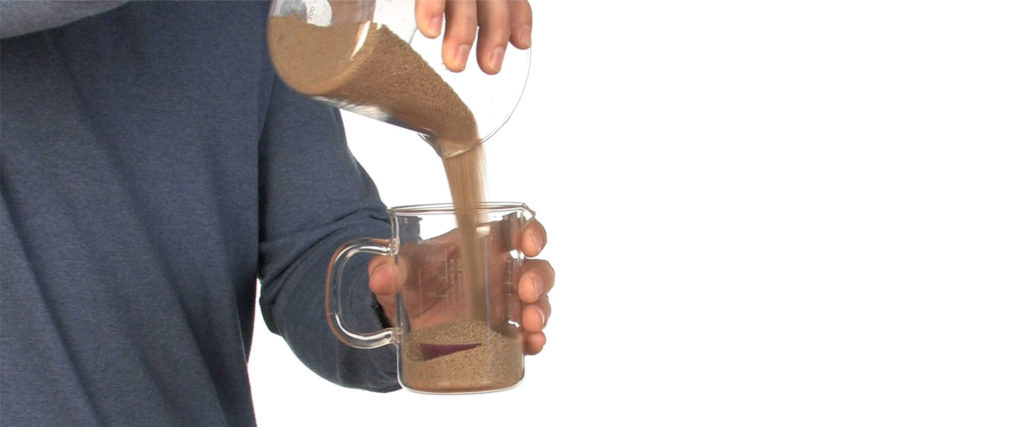
Pour enough sand into the beaker to completely cover the cube of wax.
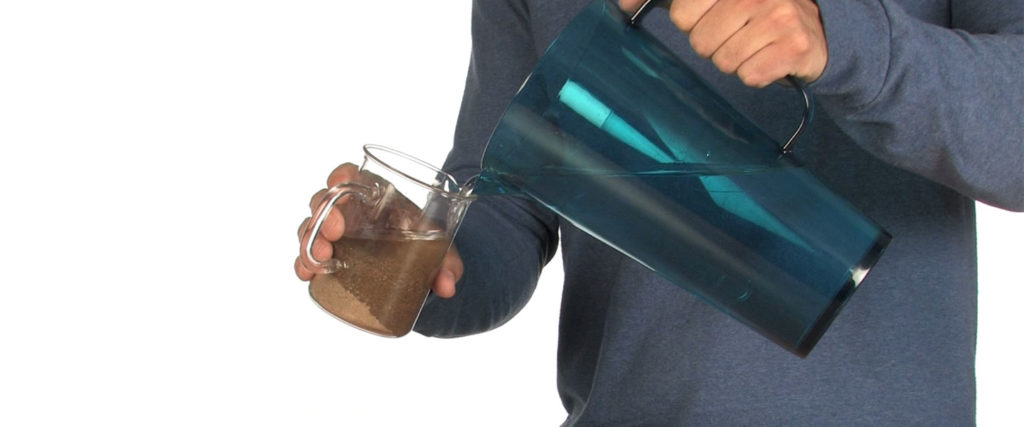
Slowly pour water into the beaker until the cup is nearly full. Don’t fill it up all the way or you might have some spillage.
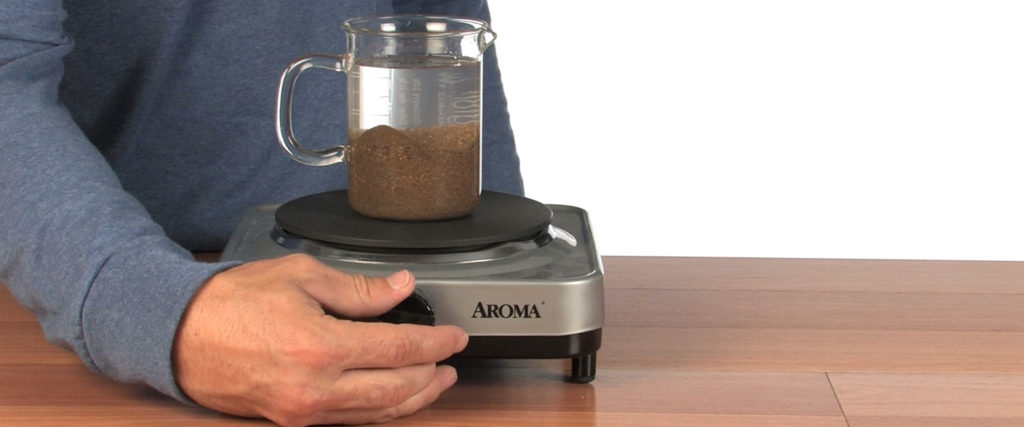
Place the beaker onto a burner or hot plate and turn the heat on to a medium-high temperature setting.
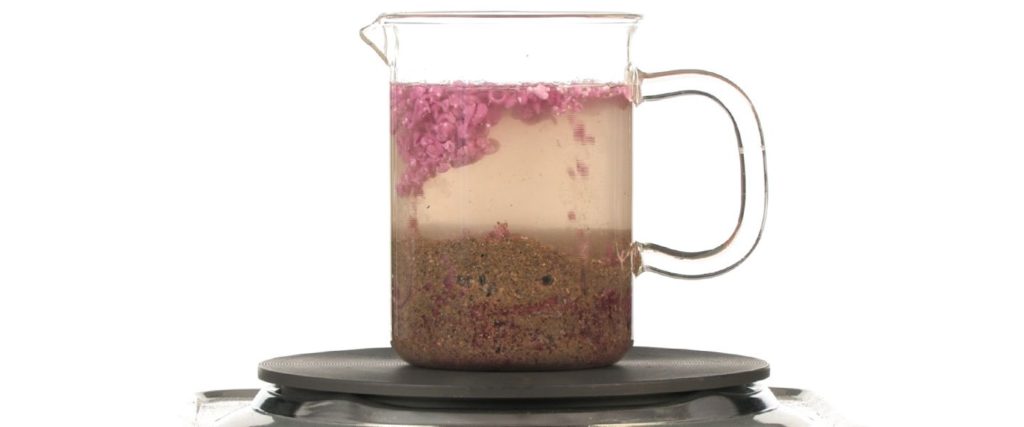
Now the fun part… observe! As the wax heats beneath the sand, it melts and finds its way out of the sandy trap.
The core of the earth has liquid hot magma that, on occasion, erupts through the crust. The volcanic eruptions we generally think of occur on land and result in the sky-high smoke plumes and lava flows that we see on the news. However, nearly 80% of all volcanic eruptions occur underwater. Until scientists got footage of an underwater eruption in 2009, we had no idea what they looked like.
With the Volcano in a Cup, you recreate liquid hot magma by heating wax that is covered by sand. The liquid hot wax bubbles through the sand and causes miniature eruptions in the surface of the sand as it does so. Think of each bubble in the sand’s surface as an underwater volcano. When the wax bubbles through the surface of the sand, it is met by much colder water that cools the wax and causes it to harden.
Creating an underwater volcano is pretty cool, but it isn’t a science fair project. You can create a science fair project by identifying a variable, or something that changes, in this experiment. Let’s take a look at some of the variable options that might work:
These are just a few ideas, but you aren’t limited to them! Try coming up with different ideas of variables and give them a try. Remember, you can only change one thing at a time. If you are testing different sizes of wax, make sure that the other factors are remaining the same!